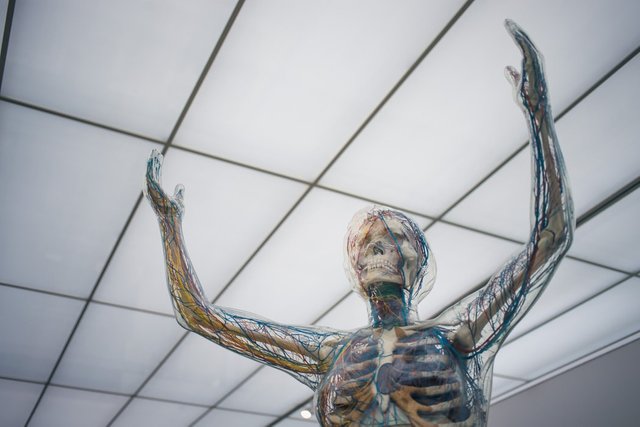
//Nervous Breaks//
Injuries happen, one might say that it’s part of life. The bumps and bruises we get eventually heal in most cases. Nerve damage or peripheral neuropathy is damage that occurs to the nerves that are not within the brain or spine. As someone with nerve damage, the tingling feeling has become part of life. It’s a condition that has become tolerable but the sensation is always there and nags away. In some cases, nerve damage is curable but in other cases, damage is permanent and one can only manage the symptoms through various therapies and medicine. Surgical solutions exist but success and associated after effects are hard to mitigate. Nerve cells are hard to repair. We now arrive at a time in medical science and technology where a novel approach to nerve cell surgery has become a viable method of nerve cell repair.
//Nerve Remedy//
Researchers have started to dig deep into nerve networks by using miniscule robots capable of facilitating the repair of damaged nerve cell groups. Robots are controllable and at this scale would offer great pathways to explore the possibility of surgeries and treatments not thought possible before. Currently as a concept, the robots are able to bound nerve cell groups together and bridge gaps, it’s very possible that a way to effectively remedy nerve damage could come as a result of this novel approach. Micro in size, the robots successfully demonstrated the ability to form a bridge between two segregated nerve cell groups through magnetic manipulation. Once bridged, signals were able to pass between nerves, serving as an effective link in a neurological system.
//Robot Era//
I often stress how important novel approaches in the medical field are important and this is yet another case that could hold the key to future solutions in health care. Microbots capable of manipulating and bridging nerves could also one day serve as a tool for diagnosis and analysis too. Perhaps the era of nanobots within the body is fast approaching. It’s both an exciting and scary thought. Ridding the body of disease yet potentially at the mercy of a remote control. This proof of concept also spills over to bio-computing. Perhaps we will see the rise of humanoids many years down the road but for now, medical usage is highly sought after and I believe the researchers will continue to gain support and traction should they begin to apply their technology in the hi and medical field.
https://www.sciencenews.org/article/magnetic-robots-nerve-cells-connections-brain-injury